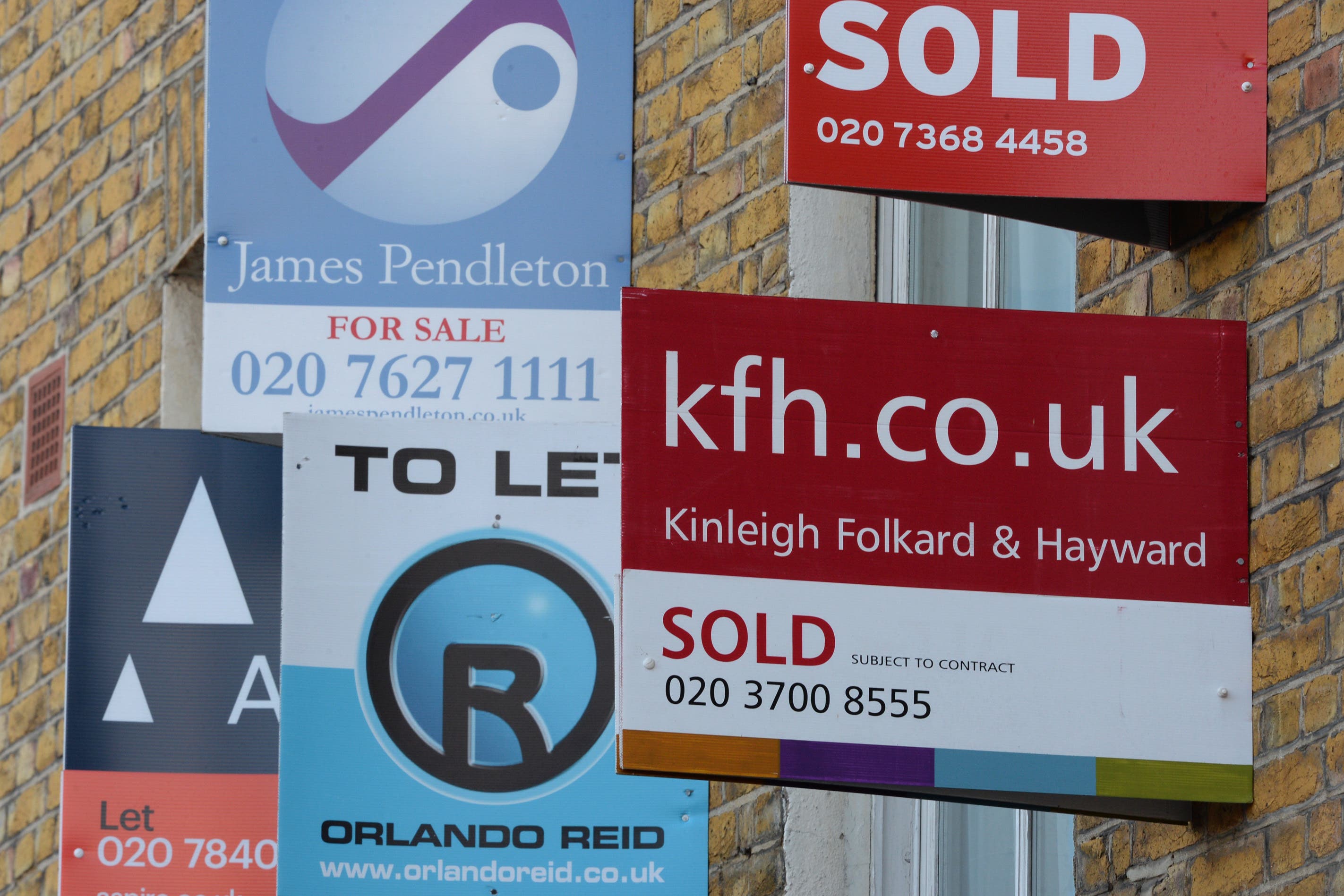Nine new tenants ‘registered for each available rental home in March’
Demand continues to outstrip supply, with around nine new applicants registered for each available property in March, Propertymark said.

Around nine new tenants were registered for each available rental home in March as demand continues to outpace supply, according to a property professionals’ body.
Propertymark said the average number of new prospective tenantsregistered per member branch decreased from 89 in February to 82 in March 2024, indicating that demand is slowing.
The stock of available homes increased marginally, the report said.
But it added: “However, despite being slightly weakened, demand continues to outstrip supply, with around nine new applicants registered for each available property in March.”
The report said the number of new tenancies being agreed remains subdued compared with a year earlier, adding that “uncertainty appears to be slowing the market”.
Tenants are finding affordability is a stumbling block
Nathan Emerson, Propertymark chief executive said: “In the residential lettings sector tenant demand decreased and stock levels increased marginally.
“However, demand continues to outpace supply overall, with nine new applicants registered for each available property.”
The report also quoted the views of property professionals.
Sophie Lang, director of Lang Llewellyn & Co in Cornwall said: “This month we have found that although it is still very much a landlords’ market, tenants are finding affordability is a stumbling block.
“We have seen rent reductions this month, the first time in a long while, and we are finding rents are stabilising although still higher than this time last year.”
Hilary Breeze, a partner at Helen Breeze Property Management in Kent said: “The supply of available rental properties is much lower than we would expect for this time of year.
Get a free fractional share worth up to £100.
Capital at risk.
Terms and conditions apply.
ADVERTISEMENT
Get a free fractional share worth up to £100.
Capital at risk.
Terms and conditions apply.
ADVERTISEMENT
“This is in part due to a strong uptick in demand for rental properties in March, but also due to fewer properties coming on the market across the board. Even though inflation is coming down, monthly rental prices are staying strong.”
Earlier this week, property website Rightmove reported that average advertised rents hit new highs in the first quarter of this year.
Across Britain, excluding London, the average monthly rent being asked for a property coming on the market in the first quarter of 2024 was £1,291, Rightmove found. This was 8.5% higher than a year earlier.
The average advertised rent in London also hit a fresh high in the first quarter of 2024, at £2,633 per month.
Rightmove said that although the balance of supply and demand is slowly improving, it estimates that nearly 50,000 rental properties would still be needed to head back to the pre-pandemic level of rental supply.
The website’s director of property science, Tim Bannister, said earlier this week: “The rental market is no longer at peak boiling point but it remains at a very hot simmer.”
The proportion of rental properties with a reduction in price stands at 22%, up from 16% a year earlier, and the highest at this time of year since 2019, when the proportion was 23%, Rightmove said.
Asking rents for the biggest homes, including four-bedroom detached houses and properties with five bedrooms or more, are the most likely to be reduced, it added.
Bookmark popover
Removed from bookmarks